Community participation in conservation
29th July, 2019
Bhavna Menon
Local communities are very important stakeholders of conservation. Often inhabiting the area around protected areas and sharing their backyard with the wild denizens of the forest, they are most attune with the wilderness and involving them, by using their knowledge of the flora, fauna and ecology in general can help conservation in the long run.
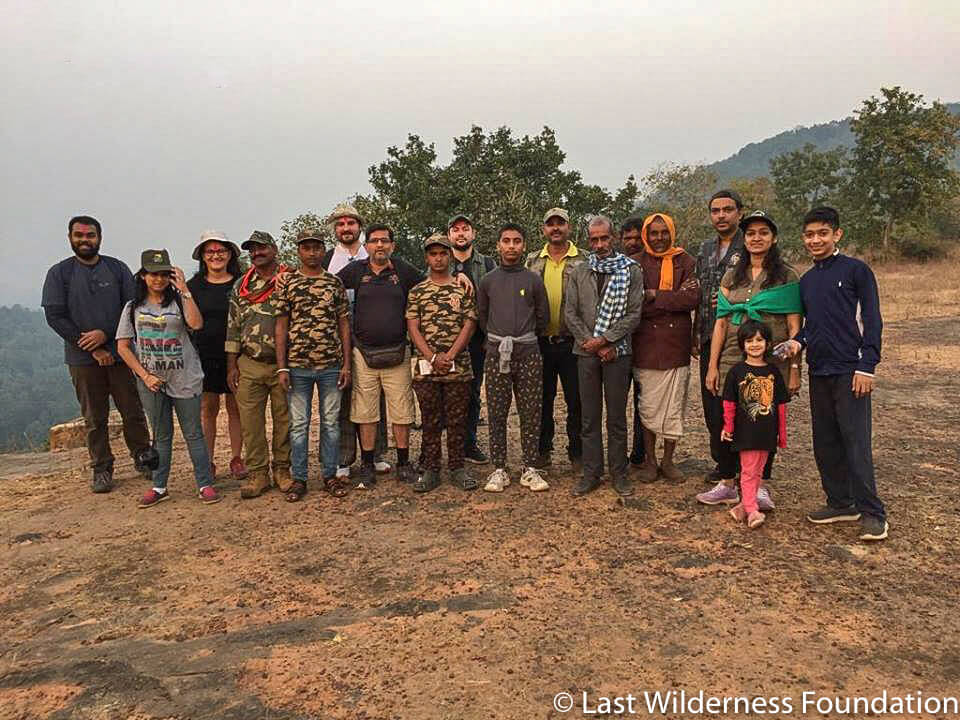
To this effect, Last Wilderness Foundation has worked for the past 9 years in the conservation sphere via community participation thereby strengthening the protection of the forests. The community participatory approach started in 2009, wherein we carried out a survey of 33 villages in the buffer zone of Bandhavgarh Tiger Reserve to understand the challenges faced by the Forest Department and the villagers. Finding a gap in communication between the frontline staff and villagers and lack of ownership towards the forests to be the problem, a solution was found in what we called the Village Kids’ Awareness Programme, which targeted the children studying in the buffer zone of the tiger reserve. The idea was to not only sensitise the children about the biodiversity that exists around them, but to also develop a communication channel with the villages, a bond that we needed them to protect the forest and that they mattered to us as much as the tigers did. The programme that sensitised the children through wildlife safari, wildlife movie, games, presentations and by just spending time with them, saw a drastic change in not only the attitude of the children, but the adults in the community as well.
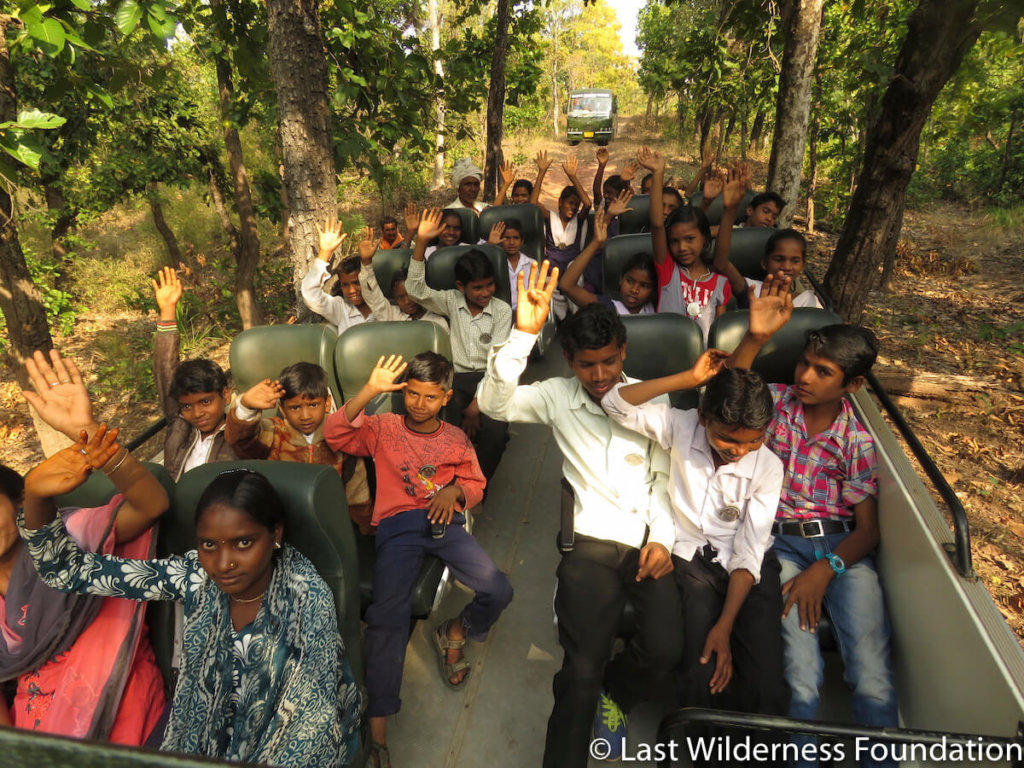
A memorable trip was when an 80-year-old gentleman by the name of Golu Singh insisted that he wanted to go on a safari with the children to understand the programme. Dressed in a crisp white kurta and turban, he spoke calmly of how the tiger was an animal not to be trusted, till that evening we came across 5 of them, a mother and cubs. His eyes shining, as Golu raised his hands in reverence to the tiger, something changed inside Golu Singh. He looked around to tell us that he would personally spread the message of conservation in the village, and that we were free to involve all the children in the village as part of the programme if we so wished.
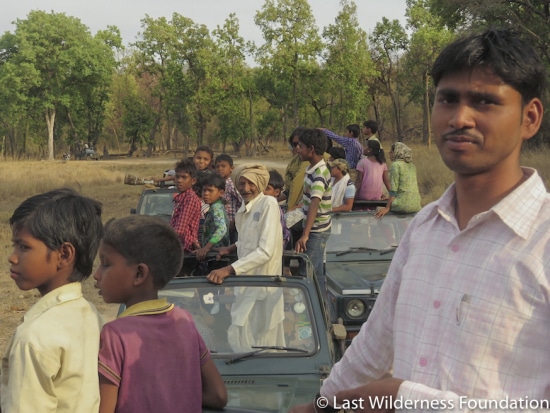
Another incident was when an elderly man has been attacked by a tiger while grazing his cattle in the forest. Succumbing to his injuries, the entire village was in mourning, which led us to believe that we should not undertake the
Tigers in the backyard: https://youtu.be/sErjTNqu7o4
Another stellar example of community participation that we have been a part of was the Village Awareness Programme in Panna Tiger Reserve, wherein 16 sensitive villages were targeted as a means of conservation outreach to address the serious issue of forest fires. The programme included taking the villagers on a safari, followed a session on the need for conservation and people’s role in it. The session was followed by a lengthy discussion with the villagers in the presence of the Forest Department staff about the on-ground challenges faced by the villagers, the solution to which was offered by the Forest Department’s senior officials. The villagers were also motivated to protect the forest alongside the Forest Department staff by patrolling with them, checking for fires in theirs as well as the neighboring villages and contacting the Forest Department staff in case, they saw something untowardly in the forest. This methodology not only resulted in strengthening of the communication channel between the local communities and the Forest Department, but also led to an increased sense of ownership among the communities about the forest. Through the running of the programme, we saw a drastic reduction in forest fires in the summer of 2019 in Panna.
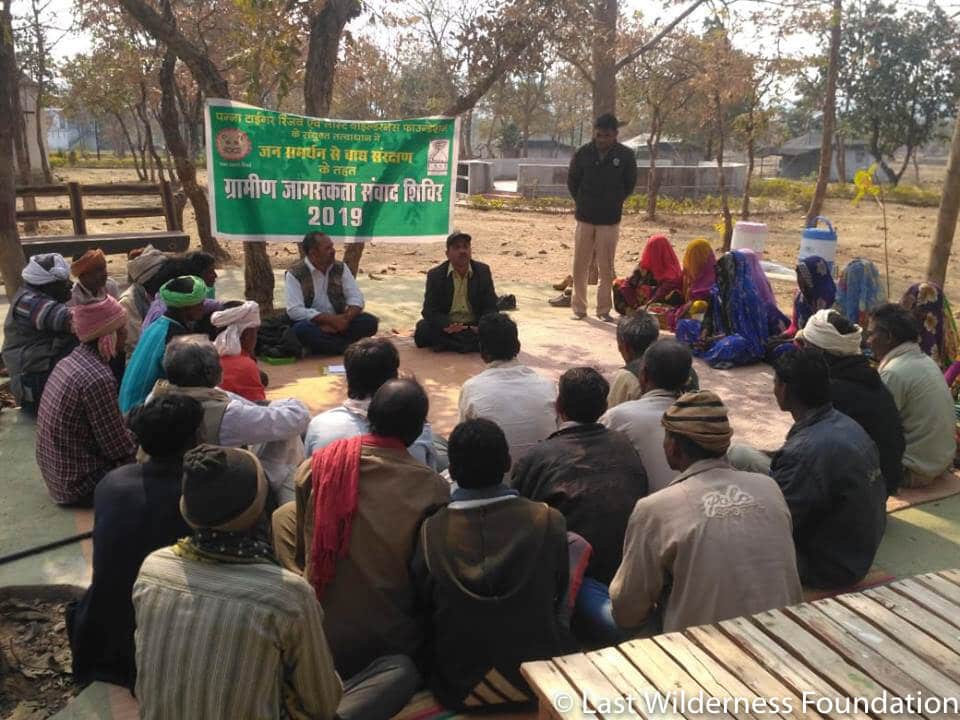
Forest Fire prevention
Involvement of communities in the protection apart, it was also important to provide them with an alternative source of livelihood that not only reduced the community pressure on the forest and forest products, but also helped sustain the culture and traditions of the communities. An example of this is the Baigas of Kanha. A content lot, the Baigas are a primitive community who have since time immemorial been dependent on the forests, which not only put pressure on the forest resources, but also heightened the chance of human-wildlife conflict. To this effect, we looked to work with the tribe with regard to their traditional skill sets, which would provide them a source of income in the comfort of their homes by making the traditional Baiga jewellery that has been a part of the community since generations. Through the running of the programme, the making of the jewellery has not only given the women a source of income and made them financially independent,gb but has also encouraged the men of the community to join the trade and support their wives in this endeavor.
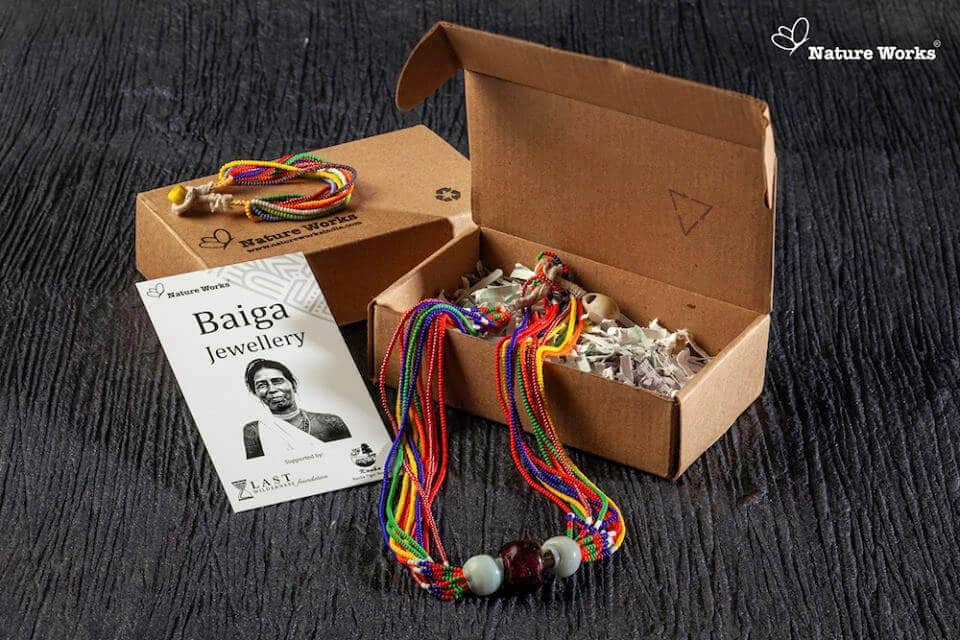
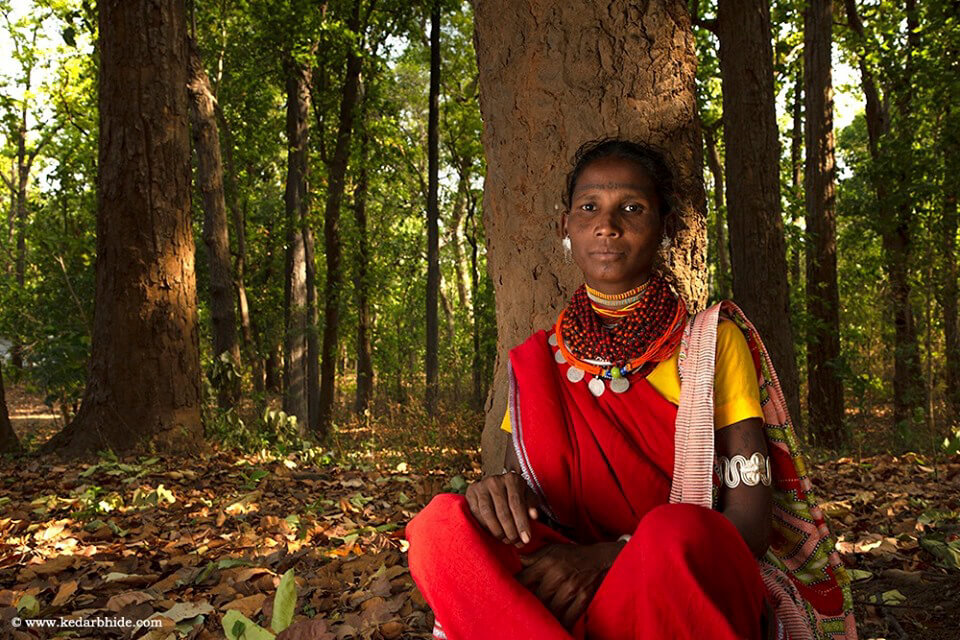
The story behind Baiga
Speaking of skill sets, another community that we have had the opportunity to work with and involve in conservation is the Pardhi community of Panna. Once infamous for poaching, we started work with these traditional hunters, wherein the age old knowledge of the forest and the skills of identifying the animal tracks and signs and mimicking various animal calls was put together as a package called as ‘Walk with the Pardhis.’ This initiative is bound to help you reconnect with the wilderness, as well as ‘read’ the forest as the Pardhis do. The trained Pardhi guides will lead a nature trail for tourists, students or nature enthusiasts on a designated trail/ route in Panna. Over 50 such walks have been conducted by the Pardhi guides who have been a part of this initiative and this programme has not only reduced the incentive to hunt/poach, but it has given the stigmatised Pardhi community members a chance at a dignified life and respectable place in society.
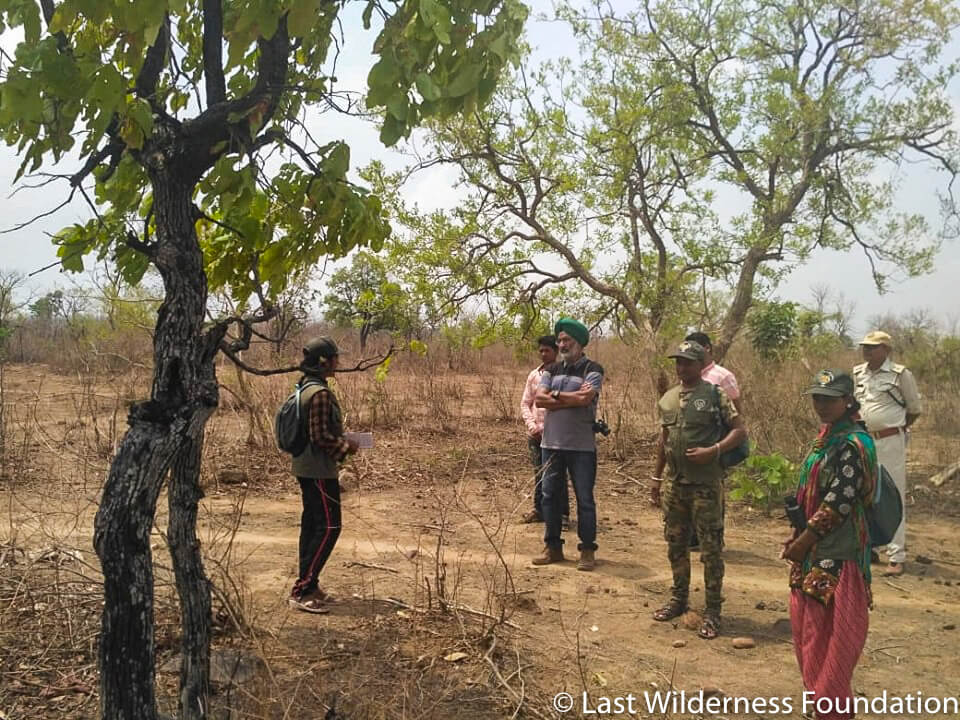
Walk with the Pardhis- https://www.youtube.com/watch?v=WSDUdNMy5l4
Subscribe to our blog
Get the latest posts in your email
